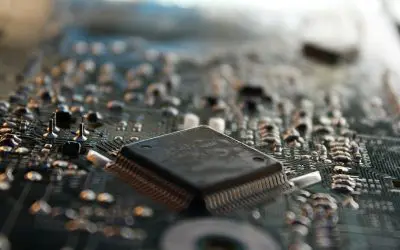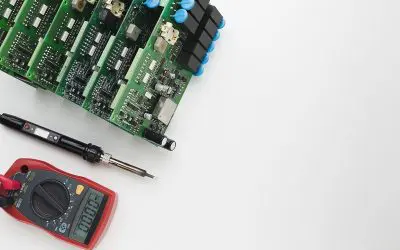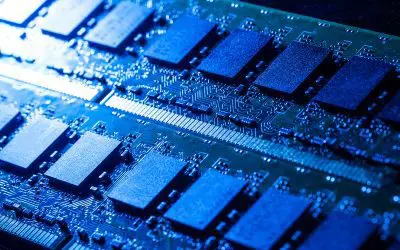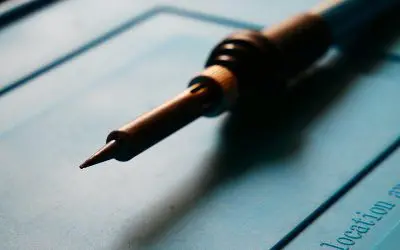Electronic Manufacturing Solutions News
Can High Temperature Damage a PCB?
With PCBs in items all around us, it’s good to know the temperature ranges they can endure. Can a high temperature cause damage to a PCB? What is the highest temperature it can withstand? Some engineers filled us in on what can happen to PCBs at high temperatures....
13 Ways to Reuse PCBs: Getting Value Out of Older Circuit Boards
You know the drill: Design a circuit board, use it in a device, and then it's onto the next one. The old board gets shelved. But there's untapped potential in these silent shelves of circuitry. Every unused PCB assembly is a chance to save money and reduce...
Why Medical Cable Assemblies Demand Extra Care and Attention
The medical field demands precision and reliability at every turn. Even a minor oversight can lead to significant repercussions, endangering patients' health. Thus, ensuring every component designed for medical devices works without fail is paramount. Among these...
How Does an Electronic Test Fixture Work?
Electronic test fixtures are an important step in the manufacturing process. How does an electronic test fixture actually work? What are they used for? Some electricians and electrically-savvy individuals weighed in on these fixtures and their purpose. Keep reading to...
The Importance Of PCB Assembly Service Quotes For Your PCB Projects
Imagine pouring hours into designing a perfect PCB, only to have the end product miss the mark. To bridge the gap between design and execution, there's a step you can't afford to overlook: obtaining a PCB assembly service quote. This foundational document: Details the...
PCB Overmolding: Everything You Need to Know
How do electronic devices manage to survive in harsh conditions? The answer frequently involves a protective layer specifically designed for their printed circuit board assemblies (PCBAs). These PCBAs are crucial, yet vulnerable to factors like moisture and mechanical...
How do PCB Makers Deal with Extremely High Currents on their Products while Maintaining a Relatively Small Track Size?
Efficiency in product design can feel like a balancing act. When dealing with high currents, what options do PCB makers have to maintain a relatively small track size? These PCB appreciators let us in on the secrets to keeping PCBs efficient. Keep reading to learn...
Solder Flux: What Is It and How to Use It
You've got your soldering iron, your components, and a PCB layout that's just waiting to come to life. You start soldering, but the solder just doesn't flow the way you'd like—it forms a blob instead of a clean joint. Enter solder flux. Far from a luxury, this...
Is it better to use a microcontroller or a microprocessor when making a consumer product?
As a product developer, you may wonder whether your consumer product is better suited to run with a microprocessor or microcontroller. Each has their own advantages and disadvantages. Some circuit-savvy individuals shared their insights. Read on to learn more about...
PCB Etchback: Everything You Need to Know
Ever wondered how multilayer printed circuit boards maintain optimal transmitting signals between their layers? The secret is printed circuit board (PCB) etchback. This technique, used specifically with plated through-hole (PTH) procedures, involves producers adding a...
What is PCB Baking and Should You Use It?
What makes printed circuit boards (PCBs) so reliable? Although many processes are involved, one that caught our attention is PCB baking. PCB baking helps eliminate potential defects and ensure optimal performance. It also protects small and delicate printed circuit...
High TG PCB: Everything You Need to Know
As electronic technology advances, there is a growing need for high-Tg boards. Tg, a key property of epoxy, signifies the temperature range at which the base material undergoes a transition from a solid and rigid state to a rubbery state. Different PCBs possess...












